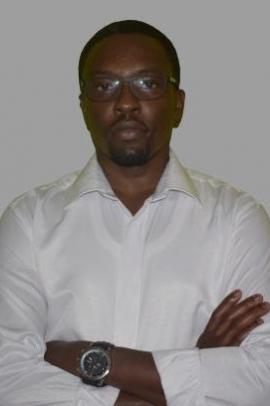
Owen Michael is an energetic, outgoing and articulate Engineer with good practical experience in the field of water and waste water in the consultancy field. Owen specializes in design, research, supervision and project/contract management. My driving force is “Non Nobis Solum”. Owen is a powerful force in the workplace and uses her positive attitude and tireless energy to encourage others to work hard and succeed as a way of transferring knowledge to the future generation. Owen is inspired daily by those dear to his heart. In his free time, Owen likes to hike, undertaking pro bono activities and play chess, hockey and children.
Project Summary
USE OF URBAN SURFACE RUNOFF FOR GROUNDWATER RECHARGE IN NAIROBI CITY
Surface run-off harvesting systems of collect and store rain-water from rooftops, lawns and street runoffs for later use. While the catchment experiences high run-off in the dry season severe water shortage is experienced. Water crisis keeps looming because of the intense pressure on water resources. Some wells in the upper aquifer within the depth up to 120m below ground level have dried up, indicating depletion.
The objectives of the study were to establish the contribution of groundwater recharge by surface runoff in the mitigation of urban floods in Nairobi. Desk studies were undertaken. Using ArcGIS 10.3 and Boolean Logic function, the parameters of land use cover, slope, geology and vadose zone thickness were analysed, and feasible parameter layer maps were generated. Integration of the feasible parameter layer maps using the Boolean logic function resulted in a feasible area map. The identified feasible areas for groundwater recharge provided for guidelines for planned recharge for the city. To determine urban flood characteristics, Landsat images were used to generate land use cover using ArcGIS. The rate of change in land use was determined. The rational method was used to estimate the run-off potential thus the proportion to be harvested.
Due to non-uniform piezometric level ranging between 30.5m and 120m below ground level, it was evident that the aquifer is multi-layered. 22.57% of the area was found feasible for the planned recharge of the aquifer. For the analysed land use, the available runoff potential proportion was found to be 47.26%. The runoff potential is fundamental as all this water can be channelled to the artificial groundwater recharge. The run-off thus showed the potential of augmenting groundwater in the dry season. The greatest most remarkable outcome will be a reduced rate of aquifer depletion. This is achievable by the implementation of stormwater harvesting to increase groundwater recharge. The study showed a co-benefit of flood mitigation.
Supervisors
DR. SIMEON DULO
DR. CHRISTIAN THINE
